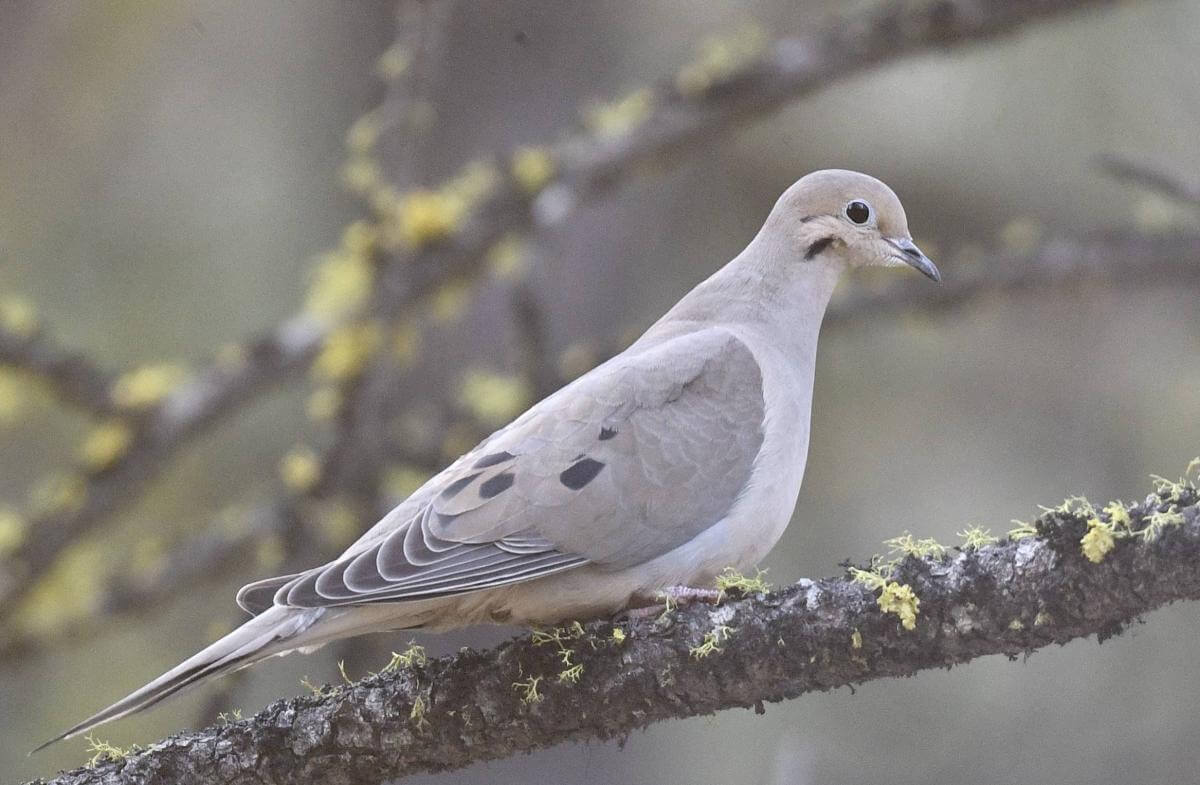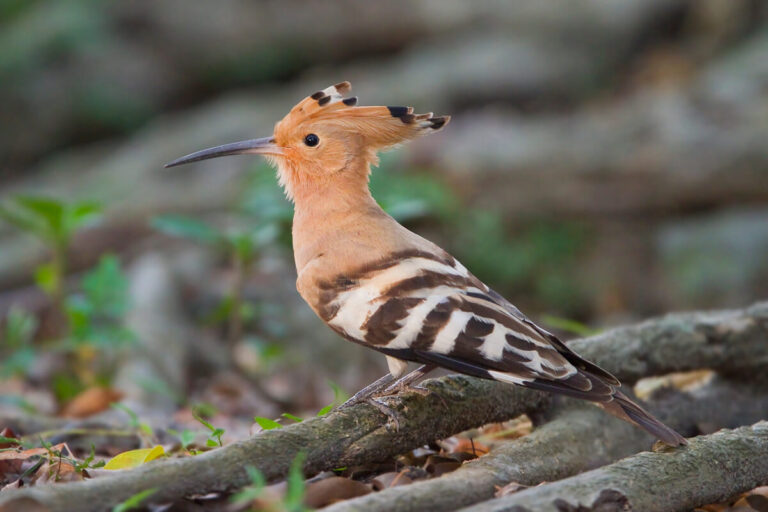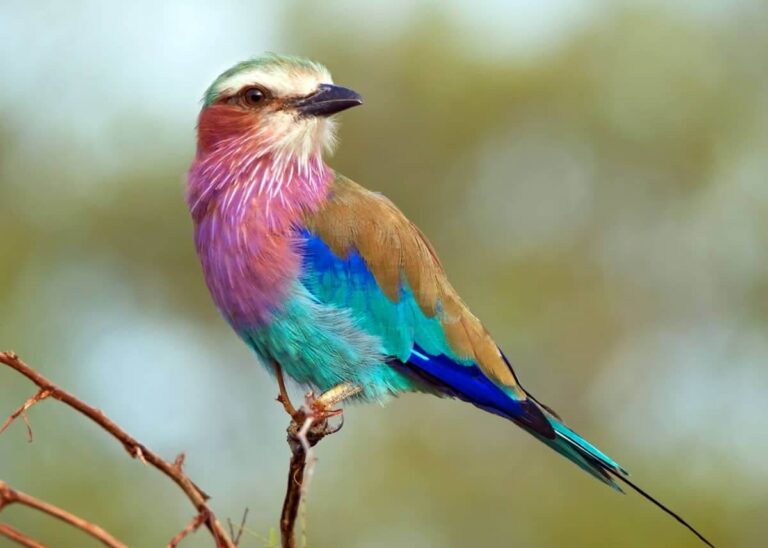Mourning Dove: A Comprehensive Guide
The Mourning Dove (Zenaida macroura) is one of North America’s most widespread and recognized birds. Known for its soft, sorrowful cooing sound, this bird holds a special place in many cultures and ecosystems. This in-depth guide explores the mourning dove’s scientific classification, physical characteristics, habitat, behavior, diet, reproduction, predators, conservation status, evolutionary history, interesting facts, and relationship with humans.
Contents
Scientific Classification
- Kingdom: Animalia
- Phylum: Chordata
- Class: Aves
- Order: Columbiformes
- Family: Columbidae
- Genus: Zenaida
- Species: Z. macroura
The mourning dove belongs to the Columbidae family, which includes pigeons and doves. It shares its genus Zenaida with other closely related doves.
Physical Characteristics

Mourning doves are medium-sized birds with distinctive slender bodies and long, tapered tails.
- Size: About 9 to 13 inches (23-33 cm) in length.
- Wingspan: Ranges from 17 to 18 inches (43-45 cm).
- Weight: Typically around 4 to 6 ounces (112-170 grams).
- Coloration: They have soft gray-brown plumage with black spots on their wings and a pale, peachy underside. Their tails are long and pointed, edged with white feathers.
- Eye: The dove’s eye is surrounded by a delicate blue ring of bare skin, giving it a distinctive look.
- Beak and Feet: Short, dark beaks and reddish-pink legs.
Their appearance is graceful and understated, helping them blend into their environment.
Habitat
Geographic Range
Mourning doves are native to North and Central America. Their range extends from southern Canada to Panama, including most of the contiguous United States. Some populations are migratory, especially those in northern regions, while others remain in their habitat year-round.
Preferred Environment
- Open Woodlands: These birds prefer lightly wooded areas, avoiding dense forests.
- Suburban Areas: Mourning doves thrive in human-altered landscapes like parks, gardens, and farmlands.
- Grasslands and Scrublands: Their adaptability to open habitats makes them common in prairies, fields, and deserts.
They are highly adaptable and can live in various environments, from arid regions to urban spaces.
Behavior
Mourning doves are known for their gentle and elusive nature.
Vocalization
- Cooing: Their most recognizable sound is a mournful coo, often mistaken for an owl. It serves as a territorial call and courtship signal.
- Wing Whistling: When taking flight, their wings produce a distinctive whistling sound, believed to be a form of alarm to warn others of danger.
Flight and Movement
- Flight: Mourning doves have powerful yet graceful flight patterns characterized by swift, direct wingbeats.
- Ground Foraging: They often walk on the ground while foraging for seeds.
They tend to flock in small groups outside the breeding season and roost together in trees.
Diet
Mourning doves are granivores, primarily feeding on seeds.
- Seeds: Their diet consists mostly of grass, cultivated grains (corn, wheat), and wild seeds (sunflower, millet).
- Occasional Insects: Though rare, they may consume small insects or snails.
Doves are excellent at locating food on the ground, often visiting bird feeders for easy seed access. Their specialized digestive system, including a muscular gizzard, helps them break down tough seeds.
Reproduction
Breeding Season
Mourning doves can breed multiple times yearly, typically between March and October. In warmer climates, they may nest year-round.
Nesting
- Nest Location: Nests are built in trees, shrubs, or ground. They are simple structures made of twigs.
- Eggs: Females lay 1 to 2 white eggs.
- Incubation: Both parents are responsible for incubating the eggs, which lasts around 14 days.
Fledging
After hatching, the young (called squabs) are fed a special milk crop, a nutrient-rich secretion both parents produce. The chicks leave the nest at around two weeks old.
Predators and Threats
Mourning doves face a variety of predators, including:
- Birds of Prey: Hawks and falcons are the primary predators.
- Mammals: Squirrels, raccoons, and domestic cats often target their eggs or young.
- Human Activity: Doves are hunted for sport in certain regions, though they have managed to maintain stable populations.
Their rapid reproduction strategy helps ensure the species’ survival despite predation pressures.
Conservation Status
The mourning dove is listed as a species of Least Concern by the International Union for Conservation of Nature (IUCN). With an estimated population of around 350 million individuals, it is one of North America’s most abundant bird species.
- Hunting: While heavily hunted in some regions, mourning doves’ large population and high reproductive rate keep their numbers stable.
- Habitat Loss: Urbanization and deforestation pose minor threats but are highly adaptable.
Evolutionary History
Mourning doves belong to the Columbidae family, including pigeons and doves. Fossil evidence suggests that doves and pigeons evolved around 30 million years ago. Mourning doves share a close evolutionary relationship with other members of the genus Zenaida, such as the white-winged dove and the eared dove.
Their evolutionary success can be attributed to their adaptability to various environments and ability to thrive near human habitats.
Relationship with Humans
Mourning doves have a long history of interaction with humans:
- Symbolism: In many cultures, mourning doves symbolize peace, love, and mourning, hence their name.
- Bird Feeding: They are frequent visitors to bird feeders, often welcomed for their gentle nature.
- Hunting: Despite being a popular game bird, mourning doves’ populations remain resilient due to regulated hunting and their ability to reproduce quickly.
Their cooing call is often considered a soothing, nostalgic sound for those who live in areas where they are common.
Interesting Facts
- Migratory Habits: Northern populations of mourning doves migrate southward during the winter, traveling thousands of miles to warmer climates.
- Fast Flyers: Mourning doves can fly up to 55 miles per hour, making them one of the fastest birds in North America.
- Crop Milk: Both male and female mourning doves produce crop milk to feed their young, a trait they share with other members of the Columbidae family.
- Prolific Breeders: They are among the most prolific breeders in the bird world, capable of raising multiple broods each year.
Conclusion
The mourning dove is a remarkable bird with many habitats, a rich evolutionary history, and an enduring relationship with humans. Known for its mournful call, graceful flight, and adaptability, the mourning dove continues to thrive across North America despite the challenges it faces from predators and human activities. Its ability to reproduce quickly and its symbolic role in culture ensures that the mourning dove will remain a common sight and sound in our environments for years.
- Golden Retriever Pros and Cons: What Every Pet Parent Should Know - 15 September 2025
- Cane Corso Dog Breed: Health, Care, and Lifespan - 14 September 2025
- Catahoula Leopard Dogs: Description, Temperament, Lifespan, & Facts - 21 July 2025







